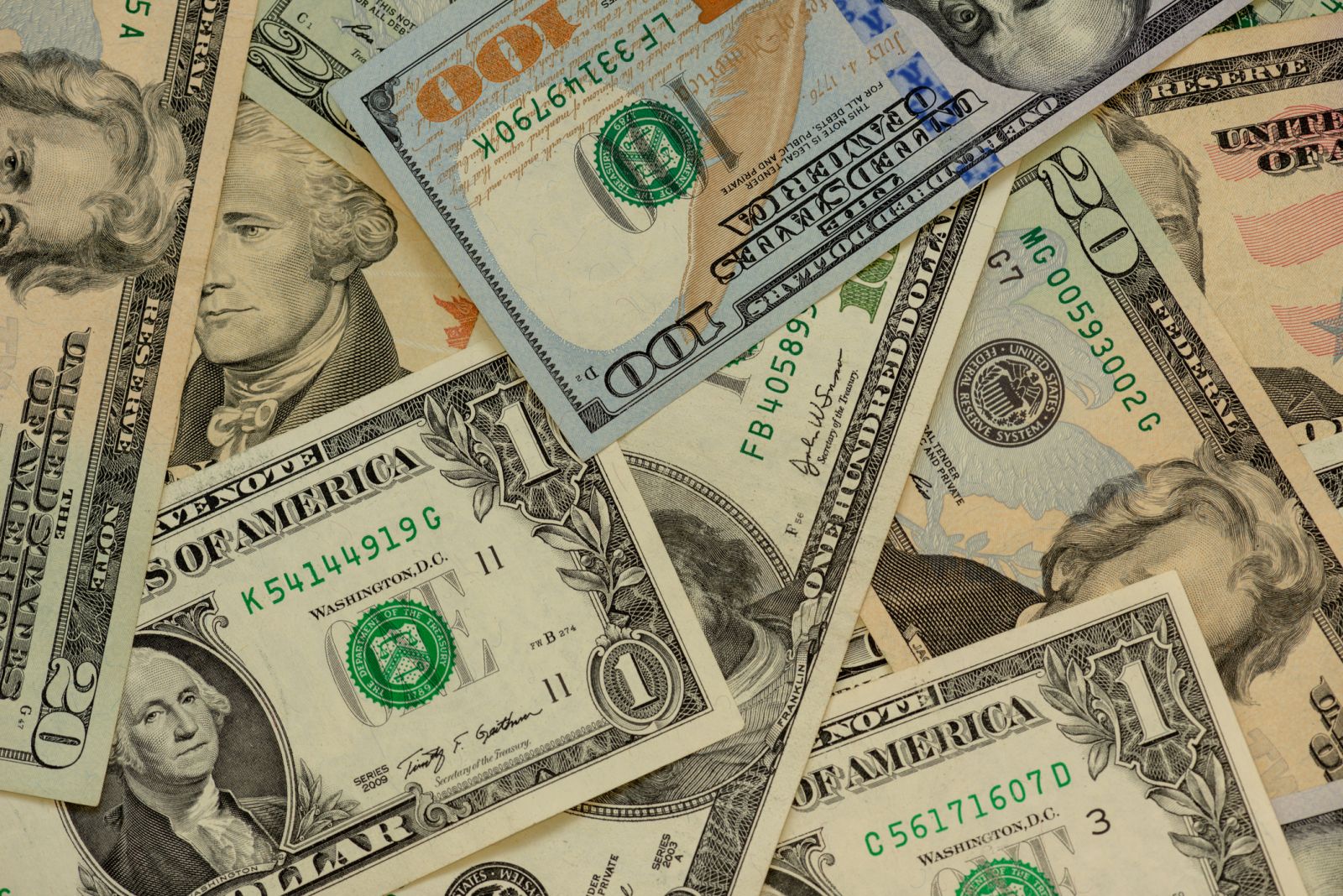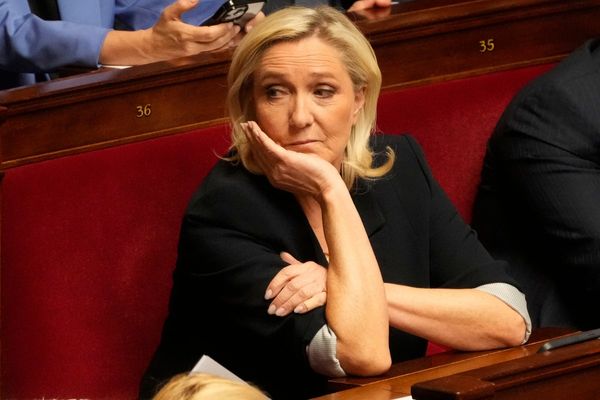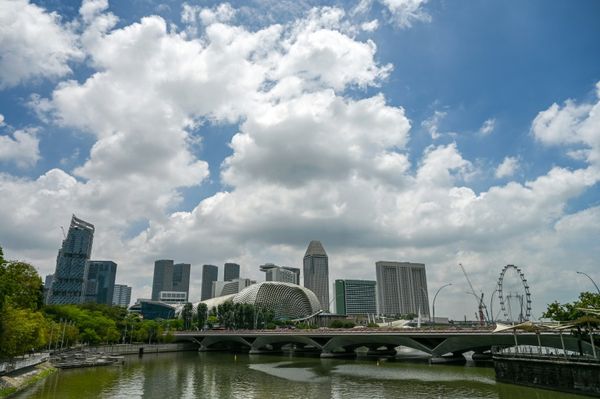
The dollar index (DXY00) today is down by -0.60% and posted a 5-week low. President Trump’s softening approach toward tariffs is undercutting the dollar after he told Fox News Thursday evening that he would “rather not” use tariffs against China. Strength in the euro also weighed on the dollar after EUR/USD climbed to a 5-week high today after the Eurozone Jan PMIs were stronger than expected. Today’s US economic news was mixed for the dollar as manufacturing activity expanded and existing home sales rose, but consumer sentiment weakened.
The US Jan S&P manufacturing PMI rose +0.7 to 50.1, stronger than expectations of 49.8 and highest level in 7 months.
The University of Michigan US Jan consumer sentiment index was revised downward by -2.1 to 71.1, weaker than expectations of no change at 73.2.
US Dec existing home sales rose +2.2% m/m to a 10-month high of 4.24 million, stronger than expectations of 4.20 million.
The markets are discounting the chances at 1% for a -25 bp rate cut at the January 28-29 FOMC meeting.
EUR/USD (^EURUSD) today is up by +0.88% and posted a 5-week high. The euro rallied on better-than-expected Eurozone PMI reports. Also, the dollar’s weakness today benefited the euro. Further strength in the euro may be limited due to expectations for the ECB to cut interest rates by -25 bp at next Thursday’s policy meeting.
The Eurozone Jan S&P manufacturing PMI rose +1.0 to 46.1, stronger than expectations of 45.4. Also, the Jan S&P composite PMI rose +0.6 to 50.2, stronger than the expectations of 49.7 and the highest level in 5 months.
Swaps are discounting the chances at 97% for a -25 bp rate cut by the ECB at its next meeting on January 30.
USD/JPY (^USDJPY) today is down by -0.08%. The yen found support today after the BOJ raised interest rates by 25 bp. The BOJ also raised its 2025 Japan core CPI forecast, which is a hawkish factor for BOJ policy and is supportive of the yen. In addition, the yen also garnered support on today’s Japanese Dec CPI report that showed prices rose at the fastest pace in almost 2 years.
Gains in the yen are limited after BOJ Governor Ueda offered little guidance on the timing of the BOJ’s next interest rate hike. The yen was also pressured by today’s economic news that showed the Jan Jibun Bank manufacturing PMI contracted by the most in 10 months.
The Japan Jan Jibun Bank manufacturing PMI fell -0.8 to 48.8, the weakest level in 10 months.
Japan’s national CPI rose +3.6% y/y, stronger than expectations of +3.4% y/y and the largest increase in almost 2 years.
The BOJ, as expected, raised the overnight call rate by +25 bp to 0.50%, and BOJ Governor Ueda said, “We’ll continue to raise interest rates and adjust policy if our economic outlook is realized.”
The BOJ kept its 2025 GDP forecast unchanged from October at +1.1% but raised its 2025 core CPI forecast to +2.4% from +1.9% in October.
February gold (GCG25) today is up +25.00 (+0.90%), and March silver (SIH25) is up +0.438 (+1.42%). Precious metals today are climbing, with gold posting a 2-1/2 month high. Today’s slump in the dollar index to a 5-week low is bullish for metals. Also, signs that President Trump is softening his approach toward tariffs eased inflation concerns and was dovish for Fed policy and bullish for gold demand as a store of value when he told Fox News that he would “rather not” use tariffs against China. Silver prices also found support today on Trump’s tariff comments, which eased the chances of a trade war that would curb economic growth and industrial metals demand. Silver also gained after today’s news showed that the US and Eurozone Jan S&P manufacturing activity was stronger than expected, a bullish factor for industrial metals demand.
Today’s action by the BOJ to raise interest rates by +25 bp was bearish for precious metals. Also, the action by the BOJ to increase its 2025 core CPI forecast to +2.4% from +1.9% was hawkish for BOJ policy and may prompt the BOJ to keep raising interest rates, a negative factor for precious metals.







